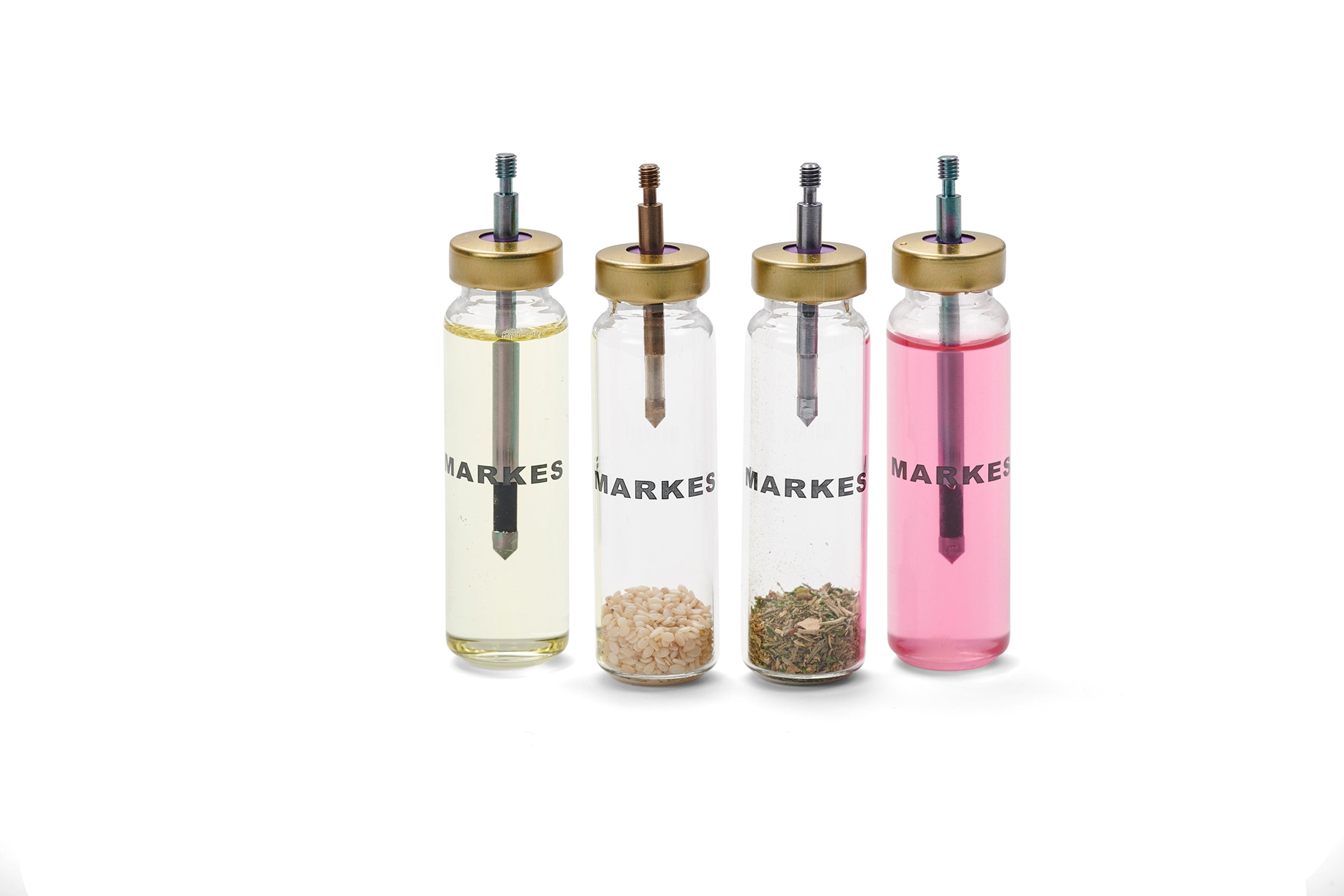Detect, discover, diagnose: Uncovering biomarkers to advance non-invasive breath-based diagnostics
Watch this free on-demand webinar to discover how headspace analytical methods are being utilized in the detection of volatile biomarkers
25 Oct 2021

Headspace sampling is a simple and elegant method for volatile organic compound (VOC) extraction, which has been successfully used to detect and quantify biomarkers for respiratory disease and liver impairment.
In this SelectScience webinar, now available on demand, Dr. Alexandra Martin, analytical research and development scientist at Owlstone Medical, and Rachael Szafnaeur, application scientist at Markes International, showcase how HiSorb™ is designed for the extraction and analysis of volatile organic compounds and how the Centri® platform promises to fully automate sample extraction and desorption, improving laboratory productivity and analytical sensitivity of headspace methods.
Watch on demandRead on for highlights of the live Q&A session or register now to watch the webinar at any time that suits you.
What is the effect of body temperature and pH on the detection of biomarkers from breath samples?
AM: To determine the effects of temperature and pH on detection, we compared the extraction of limonene from the culture samples versus the results with limonene extracted from the breath samples. We found that the temperature we incubate the culture samples at is more likely to lead to a loss of limonene from evaporation. Whereas the temperature and pH typical of the human body mean that some of these probes are a lot more stable and so we observe less of a loss of analyte due to evaporation than we might see in the culture. So, something that might look promising from the culture experiment might be even better carried out on a breath sample because these samples are more stable.
Does this method use a biosensor-based device?
AM: We use devices for collecting breath samples and then transfer these to analytical instruments. They're not a biosensor-based device, instead we are looking for those biomarker signals with GC-MS.
Do you use an internal standard during the sample preparation to account for the differing HiSorb™ probes you've used in the study?
AM: We add internal standards, such as deuterated standards, to samples so that we can monitor instrument performance and account for any drops in signal during the measurement. This way we can make sure that any sort of changes in biomarker signal is related to the samples and not instrument performance.
Is the sampling from the headspace automated?
AM: With the Centri® platform, sampling is fully automated. We prepare the vials and load them onto the sample tray and the Centri® system automatically collects the vials and heats them. It then automatically inserts the probes for sample extraction.
Is HiSorb™ the only technique compatible with the Centri® platform?
RS: HiSorbTM is one of many techniques that are available on the Centri® platform. With robotic automation, you can also perform syringe-based headspace, solid-phase microextraction (SPME), and liquid handling as well. There is also a tube desorption module, so you can analyze sorbent pack tubes or tubes with samples placed within them for direct desorption. All the robotic techniques, like headspace and SPME, can be used with the focusing trap to enhance the quality of information obtained from every sample.
You used headspace sampling but also mentioned HiSorb™ is compatible with immersive sampling, how does this work?
RS: For immersive sampling, we typically recommend filling the sample vial such that the headspace volume is minimized and then the probe can be immersed into the matrix. This means the analytes are within the liquid matrix and not partitioning into the headspace. The probes come in two different sizes allowing you to use 10 mL or 20 mL vials.
Has this approach been used to detect the SARS-CoV-2 virus?
AM: We have not been using a headspace technique to look at the COVID-19 virus, but we are preparing to start looking for breath-based biomarkers of the COVID-19 virus in different strains.
Watch the full webinar here>>
SelectScience runs 3-4 webinars a month across various scientific topics, discover more of our upcoming webinars>>


